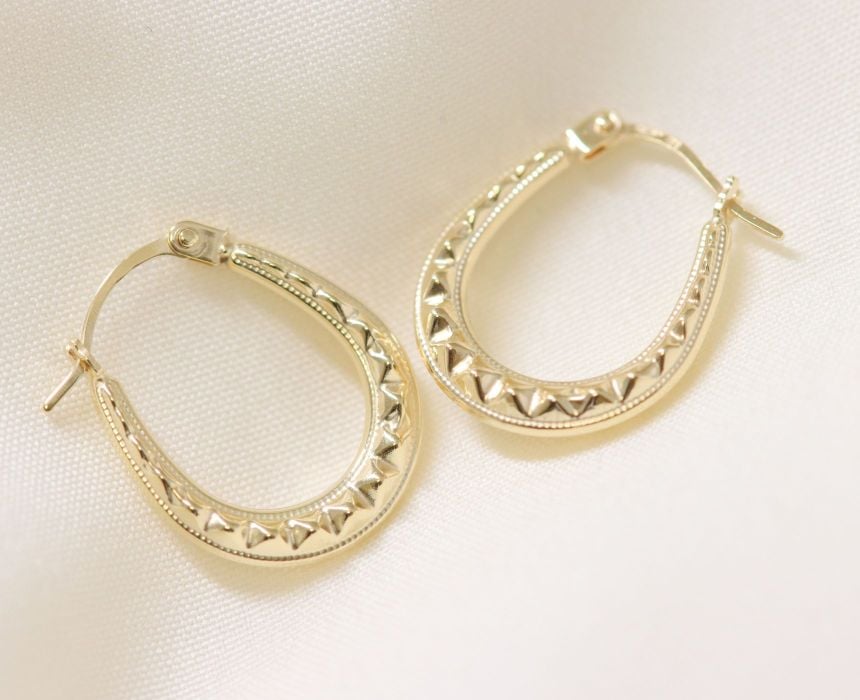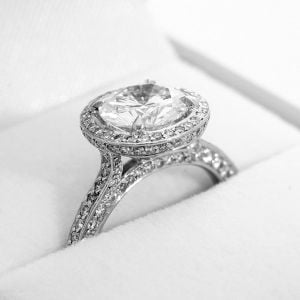- ‹Home
- ‹
- /
- Jewellery & Watch Guides
- /
- Omega Watches vs Rolex Watches – Which Is The Best?

Omega Watches vs Rolex Watches
Both Omega and Rolex are the two brands at the top of the luxury Swiss watch space, with both being known for their recognition, status, and respect. With luxury timepieces that top market, what makes these brands a cut above the rest? With a lot to consider, this is the question that watch lovers always ask, which is the better brand – Omega or Rolex? But the answer differs per person, so the aim of this article is to compare the two and help you see the advantages of each brand as both Omega and Rolex have its own qualities, specialism and identity.All Watches

Omega vs Rolex: History and Heritage
With both brands having a long legacy, it’s often surprising that Omega has a much longer history than Rolex. Omega dates back to the middle of the 19th century with the first workshop being opened in 1848 by founder Louis Brandt.
Although originally called Louis Brandt et filis, the Omega name first appeared in 1894 and was used as the name of the movement that the company pioneered. It wasn’t until 1903 that the company name was changed to Omega.
In 1917 and 1918 the brand became the supplier to both Britain’s Royal Flying Corps and the U.S. Army towards the end of the First World War. With high precision and reliable watches which stood the test of hardships. And in 1932, Omega became the official timekeeper of the Olympic Games, which is an honour that the brand maintains today.
Read more: The History of Omega.
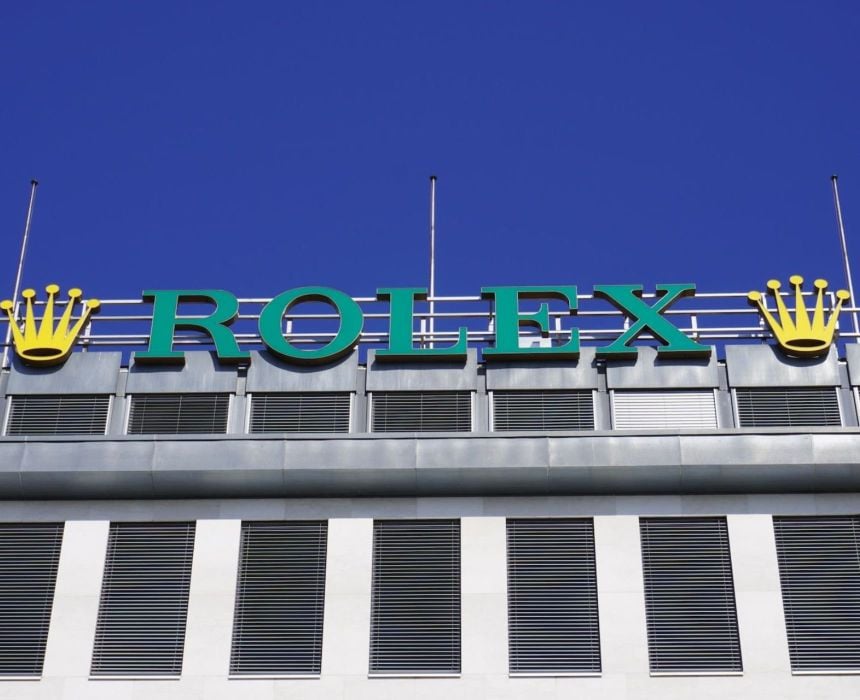
Omega vs Rolex: History and Heritage
Rolex was then founded in 1905 in London by Hans Wilsdorf. By this point, Omega already had 50 years of development under their belt and was already gaining major accomplishments from their famous Omega movements.
But it didn’t take long for Rolex to become head-to-head with Omega. After focusing on the accuracy of their movements, Rolex was the first wristwatch in the world to receive the Swiss Certificate of Chronometric Precision in 1910. In 1927, Rolex grew in their watch resistant technology and was proven when put to the test by Mercedes Gleitze, who swam across the English Channel wearing a Rolex. After a 10-hour swim, the watch was still in perfect working order, confirming Rolex’s water resistant reputation.
Related: The History of Rolex

Throughout history, both brands have grown close to the world of sport, which Rolex having strong connections with motorsport, mountaineering, yachting, and diving and Omega being tied to the sea and space.
In 1935, Rolex was worn by Sir Malcolm Campbell as he set a speed record in motorsport of over 300 miles per hour in the famous Bluebird at Daytona Beach, Florida. Named after the racecourse, the Rolex Daytona watch stands as Rolex’s most iconic watch collections. The brand’s connection with racing continues today with Rolex being Global Partner and Official Timekeeper of Formula 1 since 2012.
Omega has Rolex beat with their biggest achievement being the first watch on the moon. The Omega Speedmaster, worn by Buzz Aldrin on the 1969 moon landing has forever connected this brand with NASA and the magnificent moment. Omega also has a long connection with sport and is the Official Timekeeper of the Olympic Games.
Comparing the brands sport watches, the Omega Speedmaster VS Rolex Daytona, the Daytona is the winning watch. Although both offer some beautiful history the overall quality of Rolex is better, with the case, bracelet and dial more finely finishes than the Speedmaster’s matte dial.
Read more in our Omega Speedmaster Guide and our Rolex Daytona Guide
In conclusion, Omega and Rolex both have built themselves up over the course of history and both have a lot of achievements and have claimed a vital place in society. Despite Omega having a longer history, Rolex has also made a name for themselves.
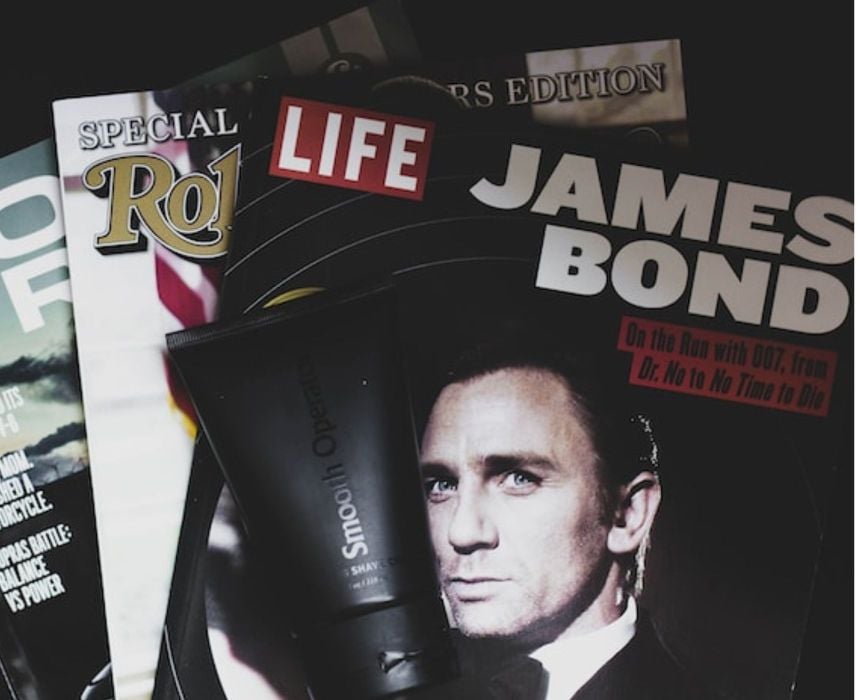
Brand Recognition
Both brands are high-up within the luxury timepiece space, but in terms of which one is higher, is it Omega or Rolex? Rolex takes the top spot and is the single most recognised watch brand in the world and one of the most reputable brands. But Omega is a close second, and you can expect to turn heads with either brand on your wrist.
Rolex is a very strong brand which is notoriously exclusive and easily recognisable, with high-end and high-quality luxury which isn’t just down to branding and their movements or designs. Rolex has seen to be worn by celebrities, Hollywood icons, and on red-carpet events. These include Sir Malcolm Campbell, Paul Newman, Steve McQueen, Warren Buffet and even Dr Martin Luther King.
Close behind in the Omega VS Rolex battle, Omega became the watch choice for famous James Bond. In the good old debate of Rolex Submariner VS Omega Seamaster, James Bond was loyal to Rolex in the 1995 GoldenEye, but Agent 007 swapped teams to Omega ever since. Despite this and their strong reputation in the Olympics, Omega still comes second in terms of brand recognition.

Omega and Rolex: Innovation
Innovation and technology is one area where both Omega and Rolex excel. With both having a long history of developments, they have made important contributions to the watch world and boast their own ‘firsts’ as well as maintain consistency.
Omega’s most important innovation is the famous Co-Axial movement, which was ground-breaking for mechanical watches. First released in 1999, almost all Omega watches feature the Co-Axial movement, which includes outstanding chronometric performance, offering people an incredibly reliable timepiece. Omega also coined one of the most high-tech calibres on the market, the calibre 8500, which boasts a 60-hour power reserve and anti-magnetic resistance to over 15,000 gauss.
Compared to Omega, Rolex boasts about their craftmanship. Rolex not only takes time and care in making their watches, but they make their watches in-house and assemble them by hand. For more information read our guide to How Rolex Watches Are Made.
Rolex’s many innovations include being the first water-resistant timepiece in 1926 and the first watch to have Chronometric Certification. In 1931 they released their first automatic winding mechanism in the famous Oyster Perpetual. Rolex also broke new ground in 1956 by offering magnetic resistance to over 1,000 gauss.
However, in the 1970s and early 1980s there was a quartz crisis which took the watchmaking industry and caused a significant decline, which was caused by the advent of quartz watches that largely replaced mechanical watches. Neither brand was served well during this crisis, with Omega coming off the worse.
While Rolex only just dabbled, Omega was fully embracing Quartz watches released an array of models. Many watch buyers found the approach to the new world confusing, and some say the quartz crisis sadly devalued the brand for years. With Rolex slowly releasing minor tweaks, it kept its buyer’s curiosity and respect.
Related: The Ultimate Guide to Watch Movements: Automatic, Quartz and Manual

Omega vs Rolex: Materials
In recent years Rolex and Omega have received praise for development of its own materials. The first being Rolex in its patented Oystersteel alloy, forged in their in-house foundry, their 904L steel alloy resists corrosion and offers a stunning finish. In 2005 Rolex patented their own ceramic material, Cerachrom, which is used for the bezel on watches and resists scratches and fading.
Both brands however have mixed metals such as steel, gold, and silver to produce their own look. With Rolex’s Rolesor and Omega’s Moonshine Gold to add a beautiful touch, it seems like both brands have invented their own technologies to bring their different identities into play.
Omega vs Rolex: Accuracy
Both brands are well recognised in terms of innovation, but how good are their watches? In terms of accuracy, both brands deliver exceptionally precise timepieces, which have a chronometer title. But in terms of accuracy, Omega wins over Rolex as they make both mechanical and quartz watches, which quartz tends to be more accurate than other watch movements. Omega coined the power reserve, which tells you how long the timepiece should keep ticking after you stop wearing it.
Although Omega comes out on top, Rolex still boasts being an accurate and precise timekeeper, and watch buyers don’t just buy a luxury brand for accuracy, but for other powerful aspects such as being robust, boasting magnetic, scratch, and water resistant which both brands offer.
Magnetic Resistance
Every electronic device emits an electromagnetic frequency (EMF), which disrupts the timekeeping in mechanical watches. But both Rolex and Omega make antimagnetic watches, and Omega again takes the win for the best watch here. The Rolex Milgauss is magnetic resistant up to 1,000 gauss, and Omega’s watches which feature the Master Co-Axial Chronometer is magnetic resistant up to an amazing 15,000 gauss. Making Omega 15x more efficient here.

Water Resistance
In terms of water resistance, both brands have made some excellent diving watches which offer a screw-down crown to prevent water meeting the movement. Rolex and Omega adhere to the 300m water resistance guidelines but go above and beyond. With their most popular diving watches, the Omega Seamaster VS Rolex Submariner, Rolex offers impressive heritage, but Omega offer better technology.
For more information, check out our Rolex Submariner Guide or our Omega Seamaster Guide.
But in terms of who makes the better diving watches, Rolex is in for the win. Rolex was the first brand to coin a water-resistant watch and went the extra mile with their Rolex Deepsea series which goes to an impressive 3,900m. This series features their iconic Rolex Sea Dweller which is waterproof up to 4,000 feet, where Omega’s Seamaster has a water resistance of 1,200m.
What Holds More Value: Omega Or Rolex?
From a price point of view, it’s true that Rolex watches are more expensive than Omega watches on average. However, both of these brands have an expensive price market and both can be hard to get if it’s a sought-after model. But buying pre-owned can always mean that you can find newer models as well as older models at a lower price.
But in terms of resell value and whether these watch brands are good investment pieces, both hold a lot of value and are great for investments. It can be hard to predict the specifics in terms of the future of markets and there is no guarantee, but it can be said that Rolex models hold more value. Even so, Rolex is known to be the luxury watch brand with the highest resell value. This doesn’t mean that Omega isn’t bad, the best Omega may be a higher resell value than the worst Rolex. Overall, Rolex dominates the pre-owned market.
Buying pre-owned isn’t only a great way at getting a luxury brand for less, but it’s also a great way to get into the market for reselling, and your piece still holds the name of the brand. Here at Ramsdens Jewellery, we stock a wide range of second hand pieces, whether that be pre-owned Rolex watches, or Omega pre-owned watches, you can find newer or older timepieces with us.
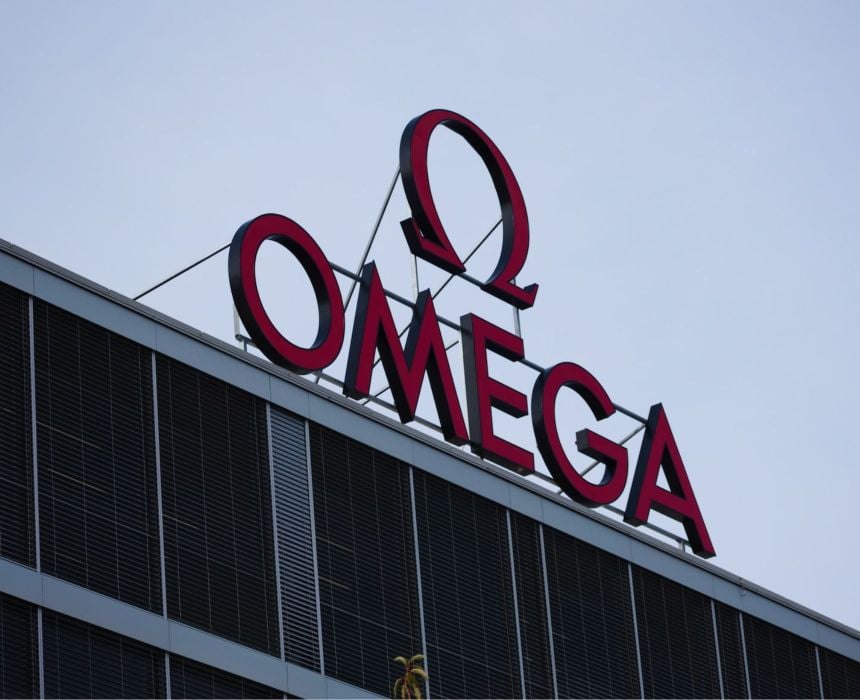
Is Omega or Rolex Better?
In terms of which brand is better, it’s hard to say. As Omega is at least on par with Rolex, with both brands high in the luxury look and innovation in terms of technology and features. Overall, Rolex holds a higher brand name than Omega and is more expensive, but in many cases, Omega comes out on top in terms of what the brand offers.
The Omega VS Rolex debate is one that has gone on for years, and the answer is subjective. There are many factors to consider, and untimely which watch brand is better all boils down to personal taste. You can compare Omega and Rolex every day, but both offer the same main benefits. Here at Ramsdens, we offer a wide range of popular Rolex watches and Omega watches so why don’t you have a look to see which brand is right for you?
Omega & Rolex Timepieces






